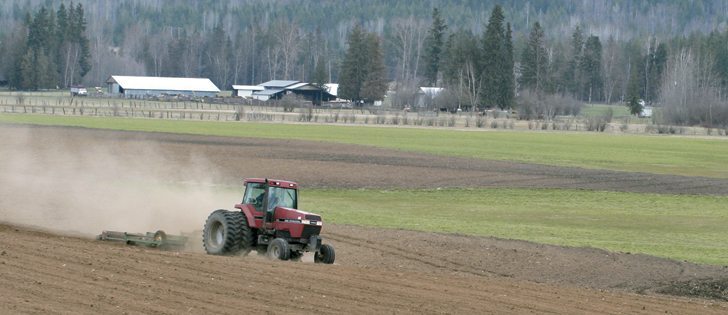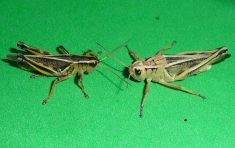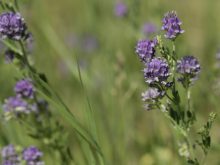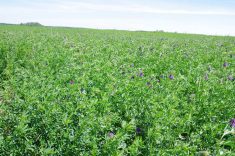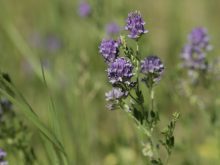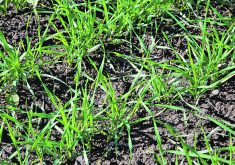Ending a forage relationship with a field can be hard to do for producers looking to move on with their rotations.
It can take time and money, not only for the present job but also into the future as well if done poorly.
“Farmers remove their forages for a variety of reasons,” said Brian Nybo of the Wheatland Conservation District group in Swift Current, Sask.
“Often it’s because the stand has lost productivity.”
Stands can be removed using either cultivation, chemicals or reduced tillage and herbicide.
Read Also
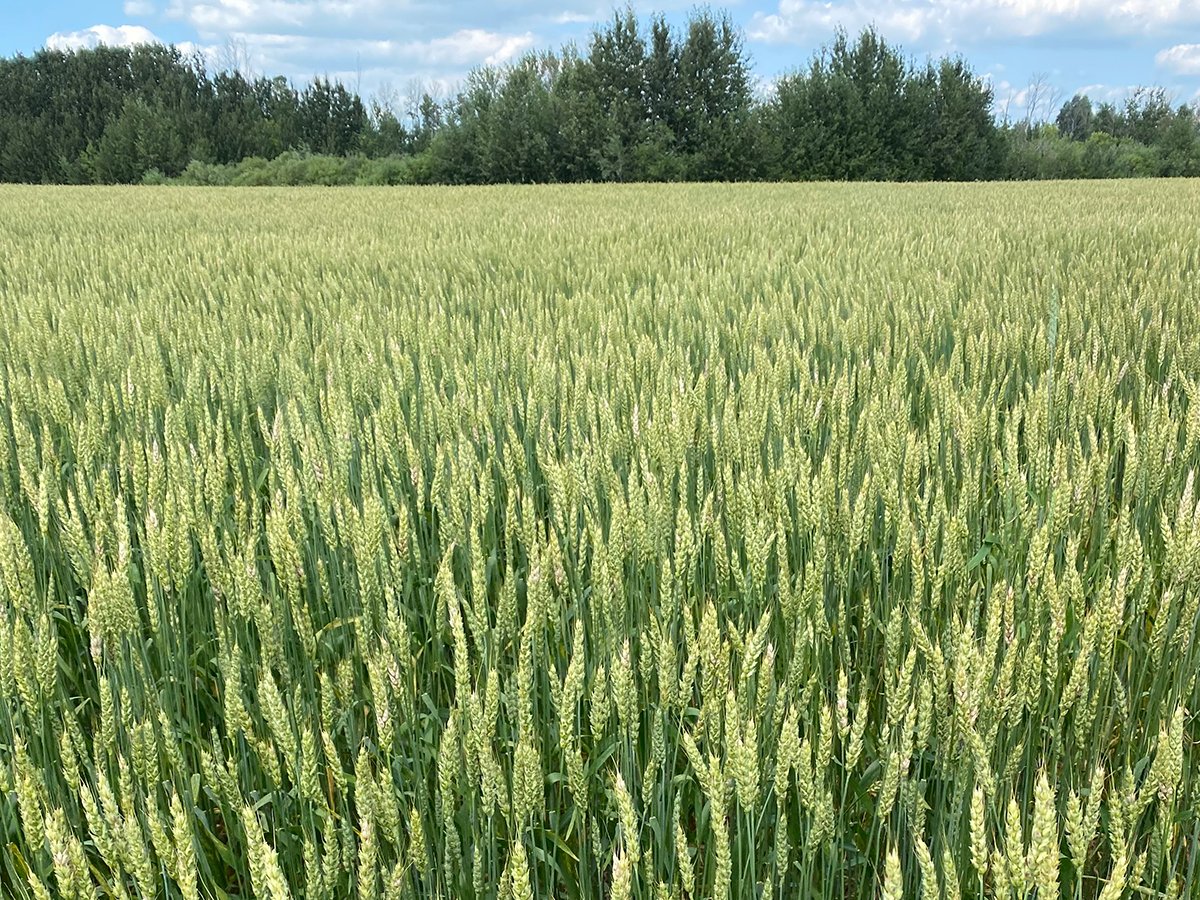
Lower U.S. spring wheat yields to cut production
The U.S. Department of Agriculture’s crop production and world agricultural supply and demand estimates reports were released July 11 with the main focus on the wheat, corn and soybean estimates.
Timing is critical, both for immediate success of the operation and for obtaining the most return from the field in the year of removal.
Tillage alone can be effective.
“It makes a good seed bed, clears out the badgers, moles and gophers,” Nybo said. “But it can help to draw out salinity.”
It is estimated that 11 percent of the Prairies is subject to salinity issues, according to Agriculture Canada research, but not all of it shows up as a white stain in the field.
“You might not know that you are creating new problems when you till heavily,” he said.
“It just doesn’t produce the way you want it to afterwards.”
Soil erosion can occur after tillage if rain or wind interfere with the field ahead of spring planting.
Chemical removal avoids that issue but is not without its own problems.
Herbicide termination creates deep channels for water movement through the soil and saves on horsepower and fuel.
Two or more applications will be needed to stop forage crops, and planting cannot be accomplished without narrow knives or disc tools. Rodents and other soil dwellers will still be around to damage crop and keep the fields rough.
Reduced tillage with some herbicide reduces the amount of horsepower required and provides a good seed bed.
However, it doesn’t completely terminate the crop, which either delays planting or results in a poor crop the following season.
In a three-year study, Nybo found that producers could terminate a forage crop in the fall after a late cut and get optimum results on the following year’s wheat crop using several passes of tillage. Similar results could be obtained by tilling out the crop in the summer after a first cut of the forages.
Fall termination provided the maximum hay production and both delivered good grain production the following year. Spring burn-off with glyphosate would deal with any surviving forages, other than a few alfalfa plants.
“Alfalfa can be hard to kill, especially if you are only using herbicides,” he said.
The research showed that using reduced tillage or chemical removal required application when the plants are the healthiest. This means that growers who are looking to get a cut of hay ahead of termination need to wait until the forage has recovered before spraying.
The challenge is to apply the glyphosate when the temperature is higher than 15 C and at least three days after a frost if producers start the process in the fall.
Nybo said any strategy that weakens the forage, such as heavy grazing, makes removal easier.
Spring herbicide termination, followed by seeding a crop, was the least effective strategy.
For more information, visit iharf.ca/our-presentations or wheatlandconservation.ca or contact Nybo at 306-773-4775.



